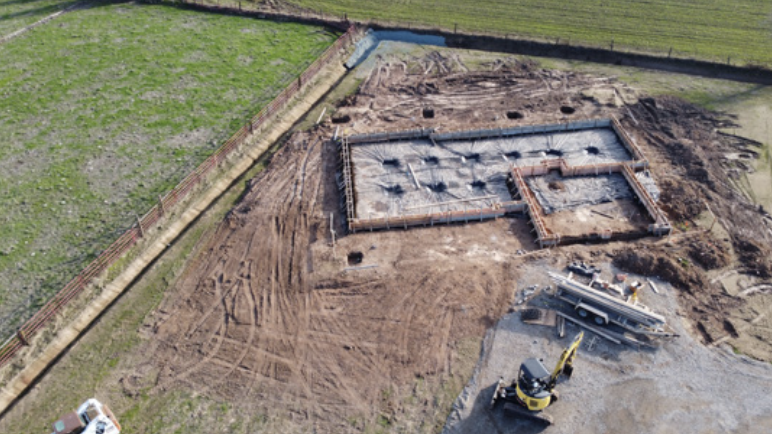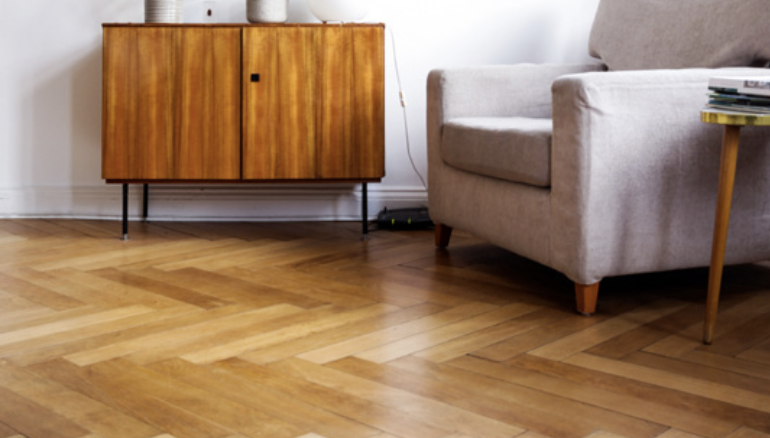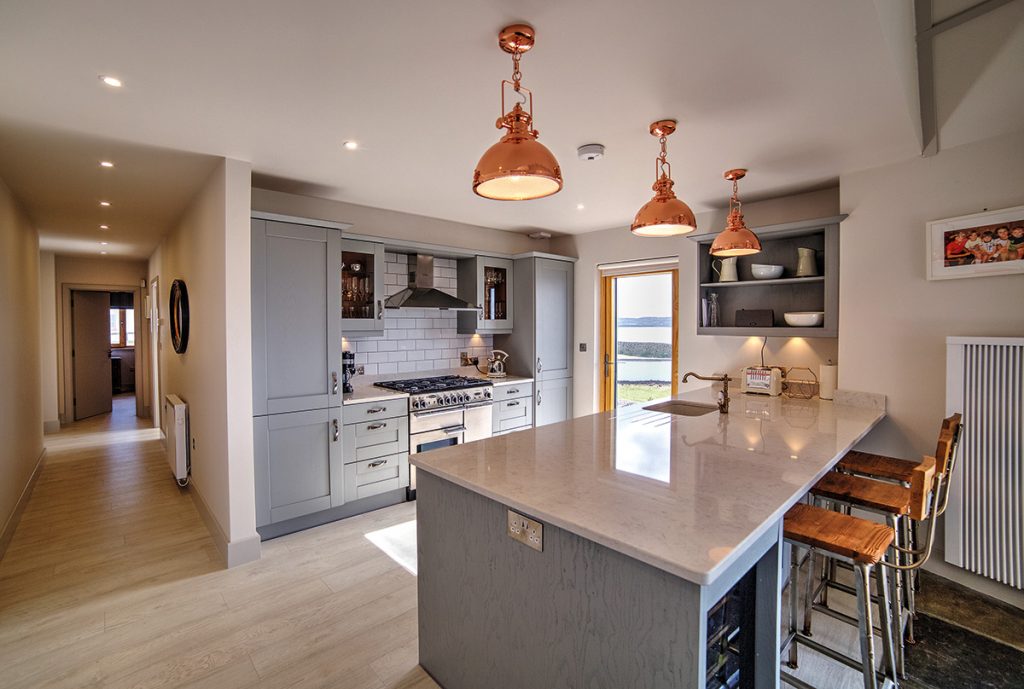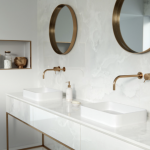Even when carefully planned and managed, self-build projects tend to come under financial strain – not so much because of the builder but because of you, the client.
There is no doubt that material costs, from steel to timber, have gone through the roof. And while this is a serious issue for anyone who wants to start building now, price increases are always a risk. A risk that should be controlled through a clause in a contract. On that basis, material costs will be absorbed by the builder over the lifetime of that contract.
If there is no contract and you are hiring trades directly, price volatility is one of the key risks you take on by deciding to project manage the build yourself. This means being able to manage cash flow to pay trades on time, and where required, order items in advance to secure an acceptable price.
Irrespective of how any budget buster issue arises, be it because of bad luck, poor risk assessment or simply not accounting for an item, it is important that you allow for this eventuality so you are not left carrying the stress and pressure of seeking additional funding for monies that may already have been spent.
At the end of the day, the reality of building will be very different from the tidy 3D models you signed off on. As self-builders build their dream, they seek to only do it once, and their decision making can on occasion be more from the heart than the head. Seeking to achieve the best quality often comes at the sacrifice of budget control.
The good news is, you are in control. And to prepare you for what’s to come, here are the most common budget busters to be aware of.

Structure
In general, the highest risk for a budget when it comes to construction relates to those works that
occur under ground or in respect to steelwork and structure.
Changes in anticipated ground conditions, existing wall makeups, existing foundations and the like can often erode contingencies. This will bring the budget under pressure from the outset.
Once the structure is built, you won’t have to worry about overruns coming from the builder. This is because all of the decision making in relation to the selection of materials now rests with you.
Electrical work
Without doubt the biggest budget buster in any build is the electrical work. Identifying the number
of sockets, spotlights, wall lights and external lights or even the number of switches in a property before starting can be difficult. And so the electrical package often does not get the level of interrogation it requires.
By way of a typical example, it is often the case that by default a builder or designer will allow for three double sockets in a bedroom. However, when met with the marked up locations on site, a client will usually seek to add at least two more on average to each room.

If you take a bedroom, it is now common to have a socket on each side of the bed and one in each corner at the opposite side with a further socket at high level for a tv. This therefore requires five instead of the standard three. In a four-bedroom house this change alone has added circa €/£800 to the cost.
Add to these changes the number of sockets required in the kitchen, the utility room, the tv or living rooms and the electrics budget can very quickly change as other aspects of the house design change.
The type and quantity of switches, the colours of faceplates (chrome instead of white) and the introduction of in-joinery lighting (in cabinets, bookcases, shelving, etc.) are other extras often found in the final account.
Finishes
The old adage that paper does not refuse ink springs to mind when it comes to setting the budget for items like tiles, timber floors and the likes. At the outset of a project, getting the bottom line to the correct figure for the mind (or possibly the bank) is often the holy grail but it often comes irrespective of accuracy, or even the intent to actually comply with the figures.

When setting a budget for tiling at say €/£50 per sqm, this should be seen as a maximum value and it must also allow for the waste of materials (the additional quantity of materials that need to be purchased for pattern, angles, cutting and so forth).
When selecting the tile, clients should be armed with a price cap when entering a showroom. To do otherwise is simply to shop with one’s eyes, the bane of any budget. A budget after all is the maximum figure allowable and not one that you seek to beat. This same issue often occurs in the selection of timber flooring, internal doors, and items like wallpaper.
Then of course there are things which were simply not included in the budget, and which have to wriggle their way back in. Landscaping, paving, driveways, boundary treatments, covings and timber panelling are the most common items to be excluded.
Many of these will clearly always be required, for any project. Proper budgeting for them is therefore essential.
Others are included into the budget at the last minute so as to complete the works and prevent the need to return at a later stage. Some of these additions arise from design changes, but no matter how they arrive, they arrive with substantial unbudgeted cost implications that for some can cause serious stress late in a project.
The kitchen
The selection and completion of designs in items like kitchens are fertile ground for cost overruns.
When all the drawers are customised, the handles selected and the inevitable lure of the stone countertops succumbed to, the kitchen budget is commonly found wanting.

Appliance costs are often not accurate, sometimes because budgets are set wit a view that an existing appliance item can be reused. However, these may not necessarily fit the requirements of the new glossy kitchen.
Similar discussions and issues with budgets often arise in respect to the reuse of existing internal doors, sanitaryware in bathrooms or wardrobes in bedrooms. Faced with a building that is brand new, with new walls, new paint and ceilings, a mind can easily be swayed to disregard the budget constraint and replace the old internal doors to match the new.
Heating and plumbing
In recent times, heating and plumbing has become an area where it can be difficult to stick
to the budget. As a design develops in a property, the requirements to meet the regulations on energy and insulation can also change and the desire for more economically driven sources of heating are ever changing.

With changes in any design come changes in cost and plumbing and heating changes can be expensive.
In projects where the time is spent before tender stage to fully detail and understand the requirements of the property, the budget is well protected, but where a standard system is specified in a provisional manner, it is often the case that the cost will skyrocket when the specific system for the specific house is designed.
A similar problem arises when selecting external windows and doors. In circumstances where the budget is not set based on an actual quotation, the budget is likely to come under strain.
Given the array of material choices available and the array of companies that manufacture the products, the price differential from company to company can be substantial and therefore on any item where the setting of a budget has not occurred based on an actual cost, it can be difficult to meet that budget need.










